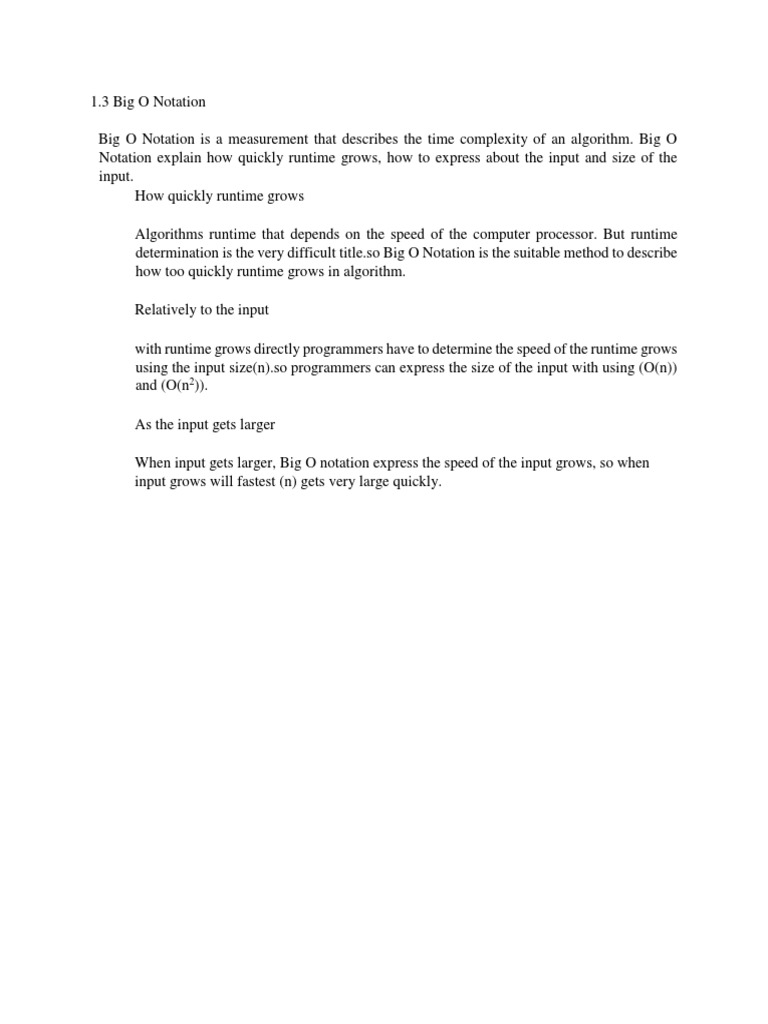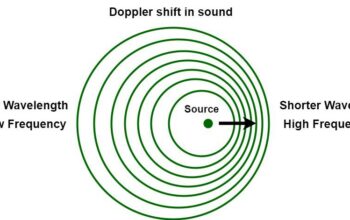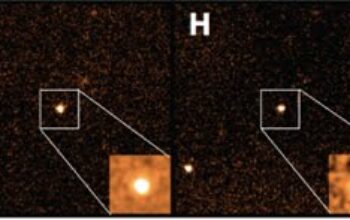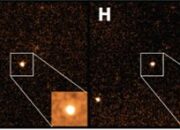In the realm of computer science, Big O notation serves as a vital metric for analyzing algorithms. It provides a clear way to express the upper limit of an algorithm’s running time or space requirements as the input size grows. This powerful tool is indispensable in classical computing, allowing for comparative assessments of algorithm efficiency. However, as we transition into the era of quantum computing, a pertinent inquiry emerges: Is there an equivalent of Big O notation suited for the complexities and unique attributes of quantum algorithms?
This article delves into the nuances of quantum computing, assessing whether traditional Big O notation can adequately encapsulate its operational dynamics. We will explore various paradigms such as algorithmic efficiency, inherent limitations of quantum processes, and alternative notations that may arise in this burgeoning field.
To initiate our discussion, it is imperative to delineate the basic principles of classical and quantum computing. Classical systems operate based on bits, which can exist in one of two states—0 or 1. The performance of classical algorithms is typically analyzed through the lens of time and space complexity using Big O notation. In contrast, quantum computing leverages the principles of quantum mechanics, utilizing qubits that can simultaneously embody multiple states due to superposition. Additionally, entanglement allows qubits to be interlinked, leading to complex and often counterintuitive computational behaviors.
As we scrutinize the applicability of Big O notation to quantum algorithms, it is essential to recognize the algorithmic workload of both computing paradigms. For classical algorithms, the complexity can be ascertained by counting the operations required to solve a problem, expressed succinctly in terms such as O(n), O(log n), or O(n^2). Quantum algorithms, however, may transcend this framework. For instance, Shor’s algorithm—a pivotal algorithm for integer factorization—exhibits polynomial-time complexity (O((log n)^3)), a striking contrast to the exponential time complexity associated with classical approaches. This exemplifies a scenario where quantum computing not only surpasses classical limits but also calls into question the adequacy of standard efficiency classifications.
Nevertheless, the trajectory of quantum computing does not culminate with algorithmic superiority alone. Quantum algorithms face intrinsic limitations rooted in quantum phenomena. Quantum decoherence, for example, presents a substantial challenge to the fidelity of quantum computation by introducing noise and errors into calculations. Consequently, efforts towards error correction and fault tolerance become paramount. These aspects further complicate the assessment of computational complexity, necessitating an expansion of our analytical perspectives beyond conventional bounds.
In lieu of or as a complement to Big O notation, researchers in the quantum domain have proposed various approaches to quantify and analyze quantum algorithm performance. One notable alternative is the notion of “quantum query complexity.” This framework evaluates the number of queries made to an oracle or database and offers insights into the efficiency of quantum algorithms in the context of specific problems. While quantum query complexity is not a stricter analogue of Big O, it serves as a valuable tool for delineating the capabilities and performance benchmarks of quantum algorithms.
Furthermore, the concept of “quantum circuit complexity” emerges as another relevant metric. Quantum circuits—composed of quantum gates—represent a foundational element in quantum computation. The complexity of a quantum algorithm can therefore be analyzed through the lens of the number of gates required to execute it. Like classical complexity metrics, quantum circuit complexity can also be expressed in asymptotic terms, providing a framework to evaluate the relative efficiency of various quantum implementations.
In developing a comprehensive understanding of quantum algorithms, it becomes critical to explore the implications of quantum speedup. A hallmark of quantum computing, speedup refers to the capacity of quantum algorithms to solve problems substantially faster than their classical counterparts. The significance of quantum speedup is not merely theoretical; it heralds potential practical applications across fields involving cryptography, optimization, and complex simulations, all of which can significantly impact both industry practices and theoretical exploration.
In summary, while Big O notation remains a cornerstone of algorithmic analysis in classical computing, its premise requires careful reevaluation in the context of quantum computing. Quantum algorithms possess unique characteristics that challenge the traditional frameworks of efficiency analysis. Although Big O notation itself may not sufficiently encompass the intricate realities of quantum algorithms, alternative approaches such as quantum query complexity and quantum circuit complexity provide meaningful insights into their performance.
This intersection of quantum theory and computational analysis lacks a universally accepted framework akin to Big O, indicating an evolving landscape in algorithmic research. As quantum technologies continue to mature, the call for a robust metric to capture the richness of quantum behavior will likely intensify, prompting further discourse and development. The inquiry surrounding the applicability of Big O notation to quantum computing not only highlights the transformation of computational paradigms but also poses profound questions about the future frontier of technology in an increasingly complex digital age.










